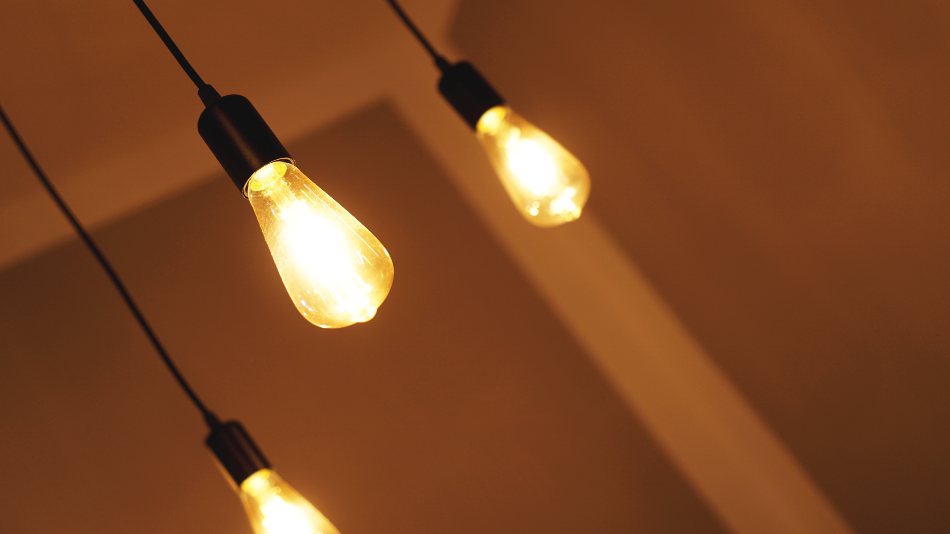Feb 16 2002

Natali Brillianata / Shutterstock
The only material that is practically used for electron emitters is tungsten. Although there are other electropositive metals that yield higher emission rates, tungsten has extremely low vapor pressure even at elevated temperatures, which is an advantage.
This property is also crucial for electrical contact materials. While more conductive metals such as silver or copper evaporate or erode, under the conditions of an electric arc, tungsten can sustain these conditions.
Applications
Some of the resulting applications of tungsten are illustrated below:
- Heater coils for indirectly heated cathodes or directly heated cathodes are used in cathode ray tubes of computer displays or television sets, klystrons, electron tubes, and magnetrons for microwave ovens.
- Rare earth oxide or thoria alloyed rod electrodes are used in high-intensity discharge (HID) lamps and tungsten inert gas (TIG) welding electrodes.
- Tungsten disks are used as a substrate in high-power semiconductor rectifying devices
- Used as sintered pure tungsten electrical contacts
- Sintered tungsten-silver or tungsten-copper electrical contacts are used in high-voltage breakers
- Infiltrated tungsten-silver or tungsten-copper contacts are made from very coarse (50–150 µm) tungsten metal powder
- High-temperature furnace parts like tungsten reflectors, heating coils, and structural material
- Tungsten/tungsten-rhenium thermocouples are used for determining the temperature in such furnaces.
- X-ray tubes meant for medical applications are equipped with a tungsten emitter coil and also with a rotary (or static) anode made of tungsten or tungsten/tungsten-rhenium. Here, the metal’s low vapor pressure, as well as its excellent heat conductivity and the wavelength of the ensuing X-rays, are important.
- Calcium and/or magnesium tungstate serve as a phosphor in intensifying screens utilized with the X-ray photo film. These phosphors transform X-rays into visible (blue) light, leading to a smaller X-ray charge for the patient.
- Modern business machines, like air cleaners, laser printers, photocopiers, and facsimile machines, are equipped with tungsten charger wires. Drawn tungsten wires, as well as gold-plated, electro-polished, or platinum-clad tungsten wires, are utilized for this application.
- A metal paste is used to print ceramic circuit boards. After printing, the metallic layer is sintered to develop the conductor, and for this reason, tungsten is often used.
- Advanced computer processors such as 586 series and higher produce a heat output per square centimeter comparable to that of a household cooker surface. This heat is removed by tungsten-copper heat sinks and the processor fan.
In contemporary microelectronics, tungsten offers good thermal and electrical conductivity which are major advantages. Additionally, the thermal expansion coefficient of tungsten is quite similar to that of silicon. The metal plays an important role in the following examples:
- Tungsten silicide, ultra-high purity tungsten, and tungsten-titanium PVD sputtering targets are utilized in VLSI and ULSI DRAM chip technology. A W-Ti layer on a wafer serves as a diffusion barrier, whereas W and WSi layers act as electrical conductor materials.
- Ultra-high purity molybdenum-tungsten alloy targets are currently used in liquid crystal display (LCD) technology as a substitute for molybdenum-tantalum. This leads to an improved definition of LCD panels.